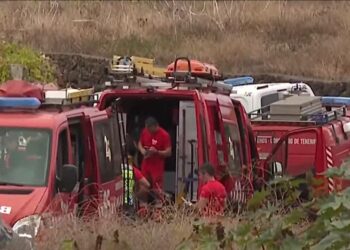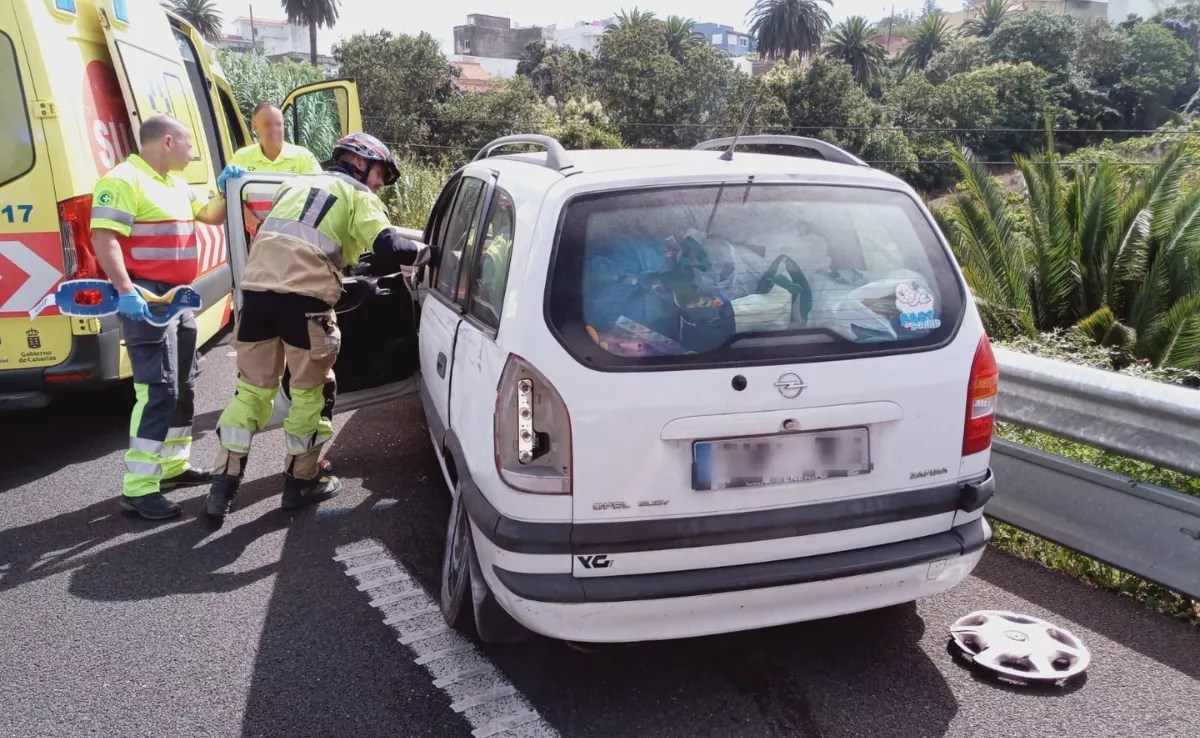This Tuesday, the Teide Cable Car introduced a new propulsion system for its cabins at the Cañadas del Teide National Park, powered entirely by photovoltaic solar energy, consequently achieving a reduction of CO2 emissions to zero.
As a result, the Teide Cable Car now stands as the first global example of an isolated system that operates on solar energy without being connected to the electrical grid.
The introduction of this system signifies a complete reduction in the carbon footprint of this infrastructure, further establishing the island of Tenerife as an increasingly sustainable tourist destination, where the enjoyment of natural environments aligns with environmental protection efforts.
According to a statement from the company, the system implemented by Teleférico del Teide utilises cutting-edge technological innovations and incorporates energy storage and distribution capabilities throughout the facility.
This energy storage solution for funiculars employs a technique that integrates photovoltaic panels and batteries designed by Swiss, German, and Spanish engineers.
HARNESSING SOLAR ENERGY AND CABIN MOVEMENT
This model capitalises on solar energy and the downward movement of the cabins to provide a sufficient and stable power supply, ensuring the seamless operation of the existing cable car facilities and eliminating the emission of harmful gases into the atmosphere.
The electricity-generating engine utilised until now will remain as a backup for emergency situations only.
Concerning this significant investment project focused on sustainability within a highly protected area in Spain, the president of the Cabildo de Tenerife, Rosa Dávila, remarked during the launch of the new photovoltaic installation that the project “positions Tenerife at the forefront globally within a national park, featuring a 100% sustainable system powered by solar energy and marking a substantial stride towards the eradication of greenhouse gases.”
Dávila emphasised that “today represents a monumental day for Teide and Tenerife; the technological world is keenly interested in this example we have set towards an eco-sustainable island.”
Similarly, Ignacio Sabaté, the managing director of Teleférico del Teide, shared his thoughts, underscoring that this initiative aims to convey a hopeful and dedicated message, “in that actions can indeed be undertaken against climate change.”
“If we could accomplish this under challenging technical circumstances, then any institution or company should also be resolute in working towards the same objectives,” he asserted.
This newly established renewable energy installation reflects one of the largest investments in the history of the Teide Cable Car, amounting to two million euros, primarily financed through its own resources and, to a lesser extent, via Next Generation funds from the EU.
The cable car is among the few electrically autonomous systems globally, meaning it is not linked to the public or conventional electrical network, as there are no power lines running through the national park.
DOES NOT OCCUPY NEW LAND
The company has achieved self-sufficiency by generating its own clean, 100% renewable energy using solar panels located at existing facilities, without requiring any additional land within the National Park.
The climatic conditions in the Teide National Park are extreme, with significant temperature contrasts between cold and heat, and the atmospheric pressure to which the materials and equipment are exposed, situated at 2,356 metres above sea level, nearly at the summit of Spain.
These climatic challenges are compounded by the requirement to ensure the installation of such a complex system can occur without disrupting the normal operation of the cabins.
The innovative clean energy system, known as the ESFOR system, was developed by one of the industry’s leading global companies, the Austrian Doppelmayr Group, which encompasses the Swiss firm Frey AG.
The facilities’ isolated network (microgrid) has been designed by R7, a Canarian innovation and technology company, using Cegasa storage technology (Spain) and Riello equipment (Italy).
















